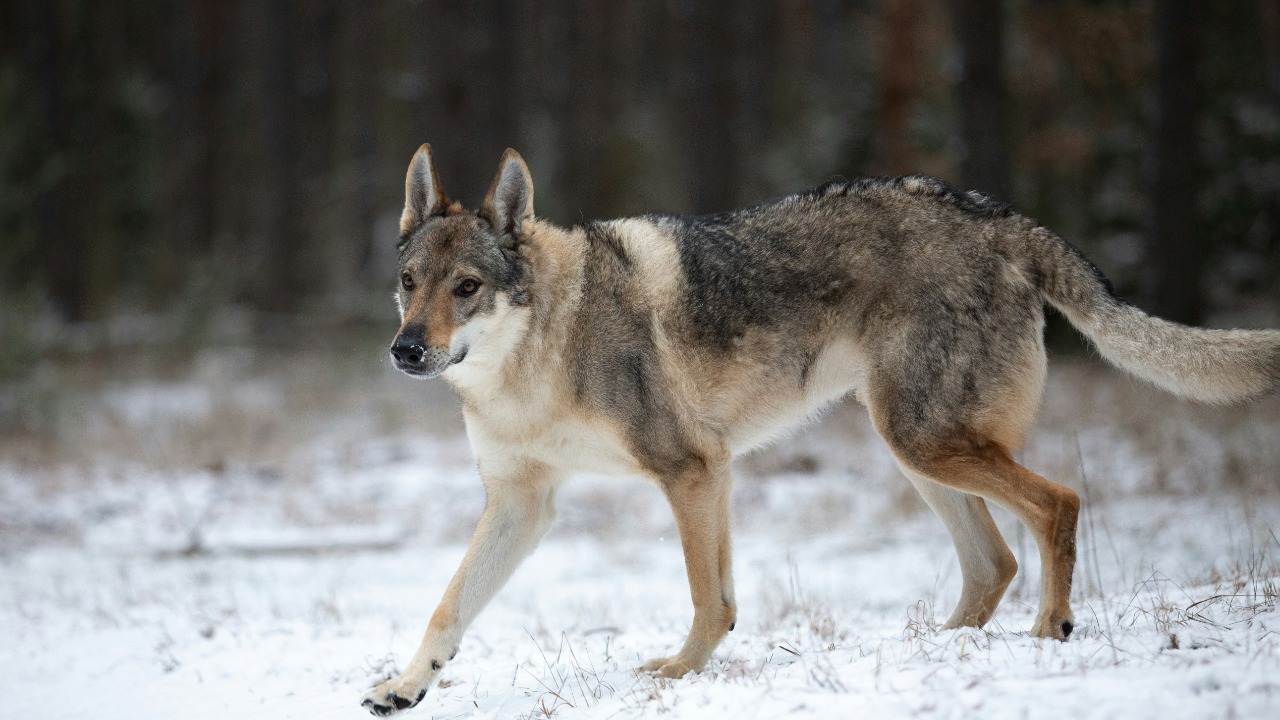
After a hiatus of nearly 300 years, wolves have made a remarkable comeback in Denmark. The first confirmed sighting in 2012 marked the beginning of a resurgence, with the population growing to around 20 individuals across Jutland and nearby islands by 2024. This return, facilitated by natural migration from Germany and protected under EU law, has reintroduced a key predator to the ecosystem. However, it has also sparked conflicts with local farmers over livestock attacks. source
The Historical Absence of Wolves in Denmark
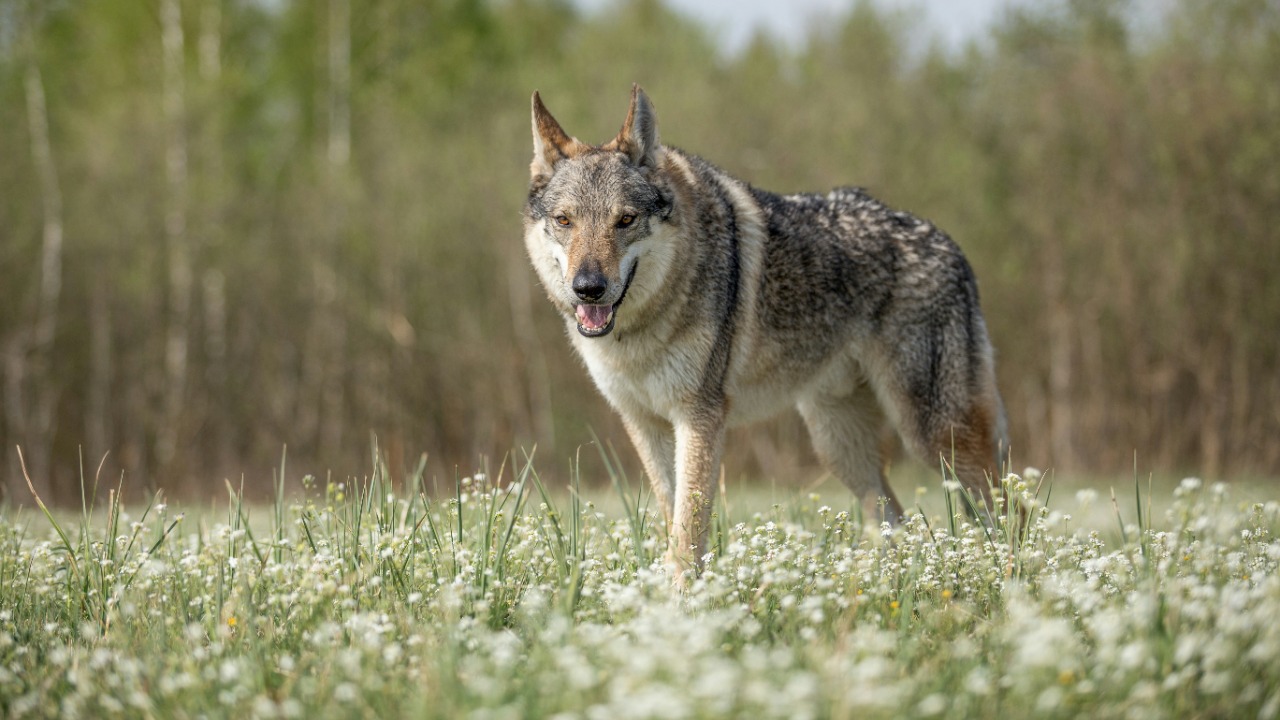
Wolves were systematically exterminated in Denmark during the 18th and 19th centuries. Bounties and habitat loss led to their complete disappearance by the 1800s. Folklore and cultural perceptions played a significant role in this eradication, as wolves were often portrayed as threats. This perception influenced policies that removed them from the Danish landscape. source
The absence of wolves left an ecological void, particularly impacting deer populations and biodiversity. Without this apex predator, deer populations burgeoned, leading to overgrazing and a decrease in plant diversity. The return of wolves is expected to help restore balance to these ecosystems. source
Mechanisms of Wolves’ Return
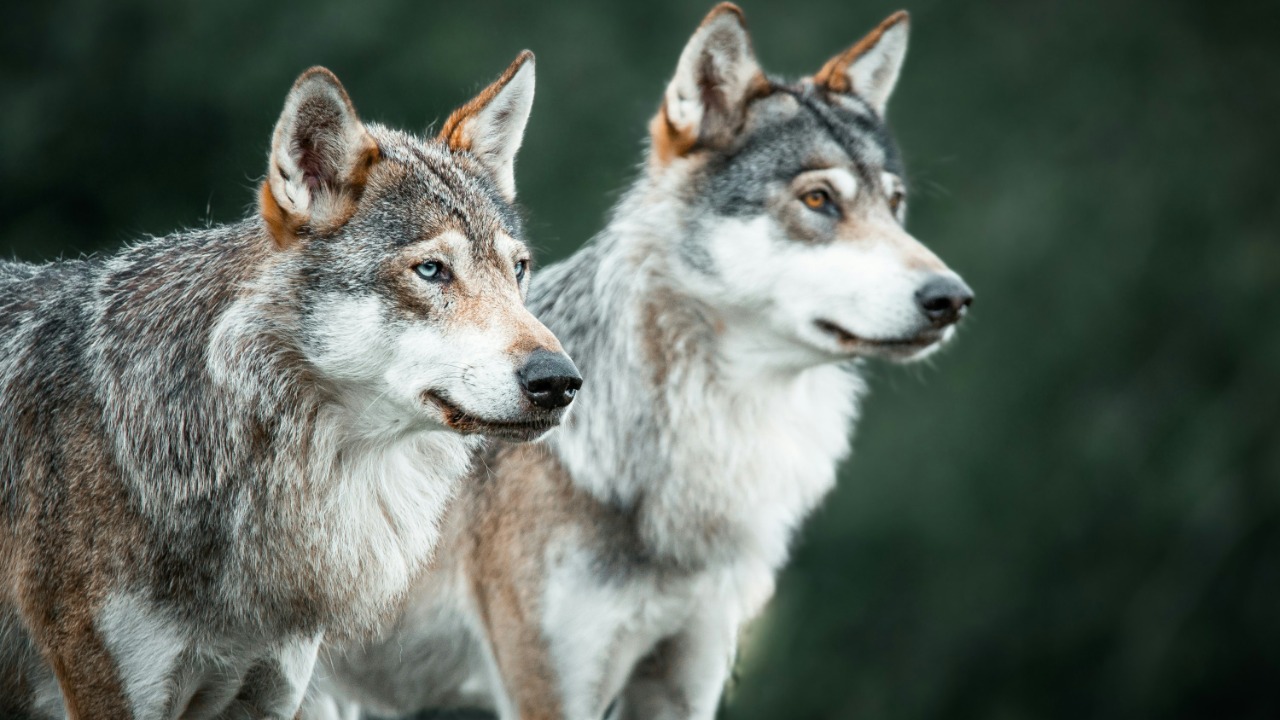
The first confirmed wolf sighting in Denmark in 2012 near the German border marked the start of natural recolonization. The EU Habitats Directive and protected corridors played a crucial role in enabling wolves to migrate from established packs in Germany. source
By 2024, the wolf population had grown to approximately 20 individuals. Breeding pairs were identified in Jutland and on the island of Funen, indicating a stable and growing population. source
Ecological Benefits of Wolf Reintroduction
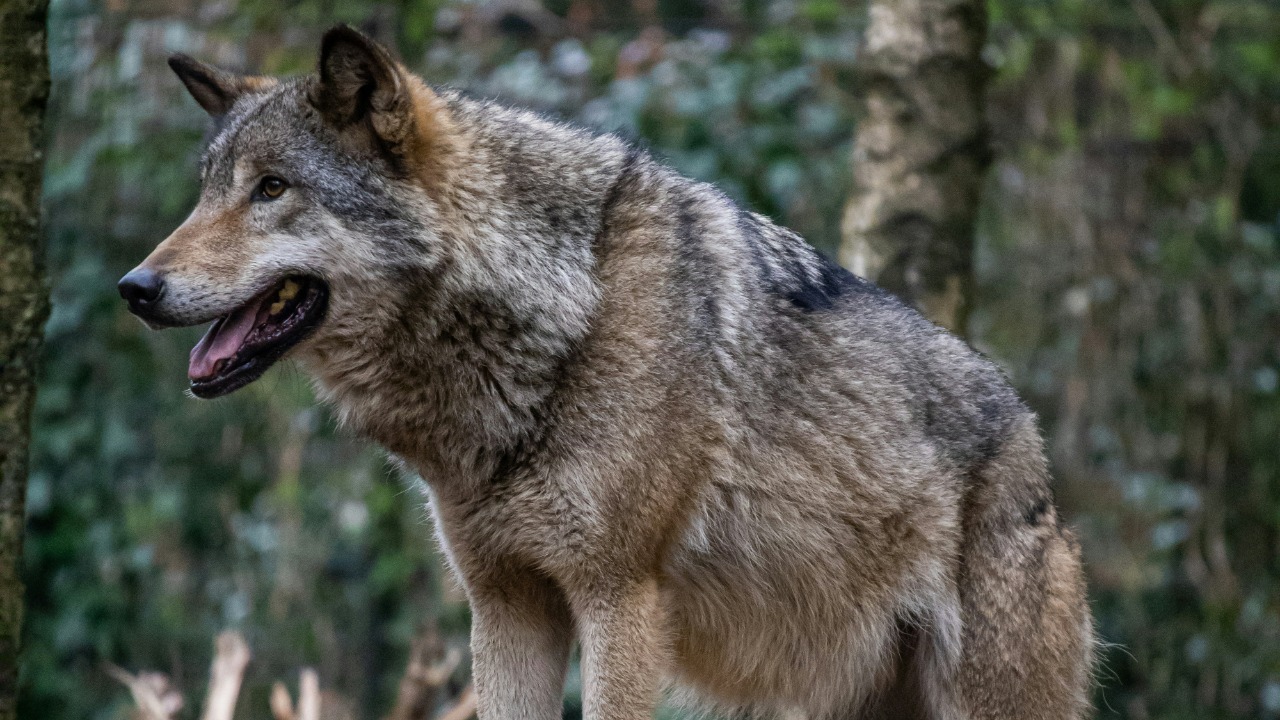
Wolves play a crucial role in regulating overabundant deer populations. Their predation reduces crop damage and forest regeneration issues in rural areas, providing a natural solution to these challenges. source
Biodiversity gains are another benefit of wolf reintroduction. Similar European reintroductions have shown improved habitat health through trophic cascade effects, where the presence of a top predator triggers a series of changes in the ecosystem that promote biodiversity. source
Conflicts with Agriculture and Livestock
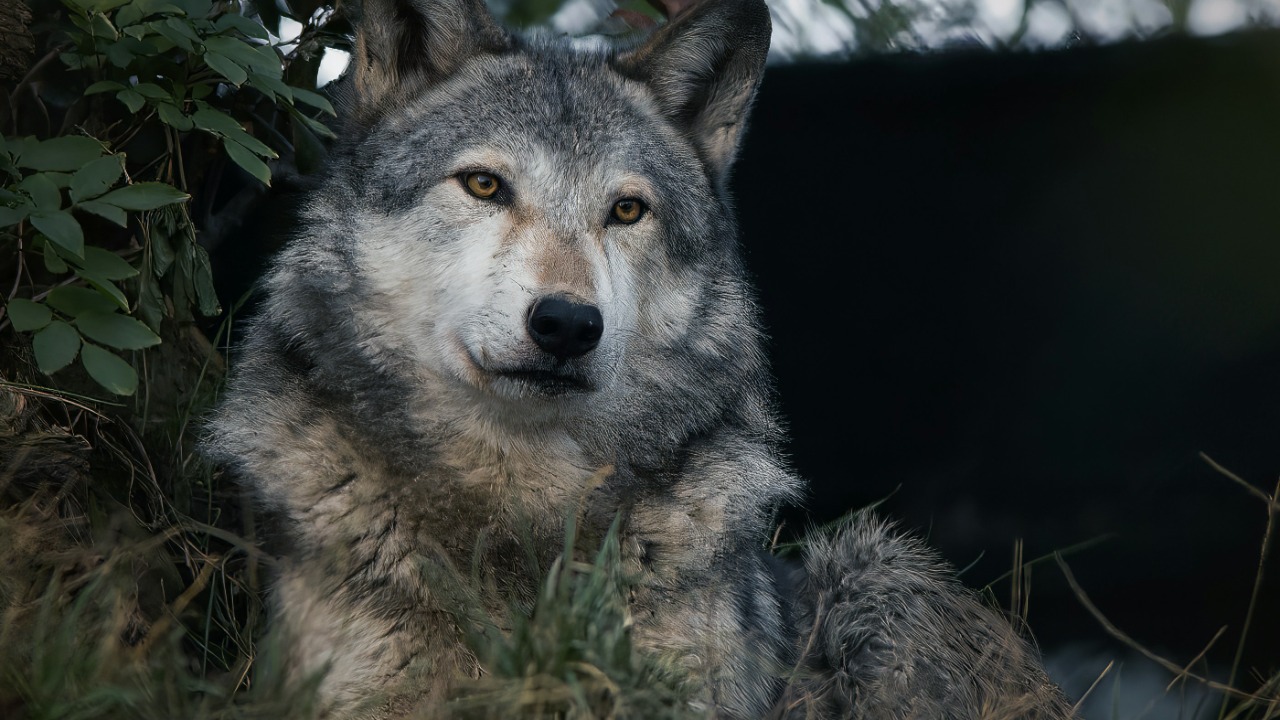
Despite the ecological benefits, the return of wolves has sparked conflicts, particularly with farmers. Documented wolf attacks on sheep and cattle have increased since 2018, particularly in Jutland’s pastoral regions. source
The Danish Farmers’ Union has called for culling to protect livelihoods. To mitigate these losses, the government has offered compensation schemes, paying out over 1 million Danish kroner annually for verified wolf depredations. source
Conservation Efforts and Legal Protections

Denmark adheres to the EU’s strict protection of wolves under the Bern Convention, which prohibits lethal control except in exceptional cases. This legal protection has played a significant role in the wolves’ successful return. source
The Danish Nature Agency monitors the wolf population using GPS collars and camera traps. These non-invasive methods allow for accurate tracking and population estimates without disturbing the wolves. source
Public and Political Reactions

Public opinion on the return of wolves is divided. Urban residents generally support conservation efforts, while rural communities express fears, as shown in 2023 national surveys. This divide reflects the differing impacts of wolf reintroduction on these communities. source
Political debates in the Danish parliament have reflected this divide, with proposals for relaxed hunting quotas debated in 2024. However, experts like those at Aarhus University advocate for coexistence strategies over eradication. source
Future Management Strategies
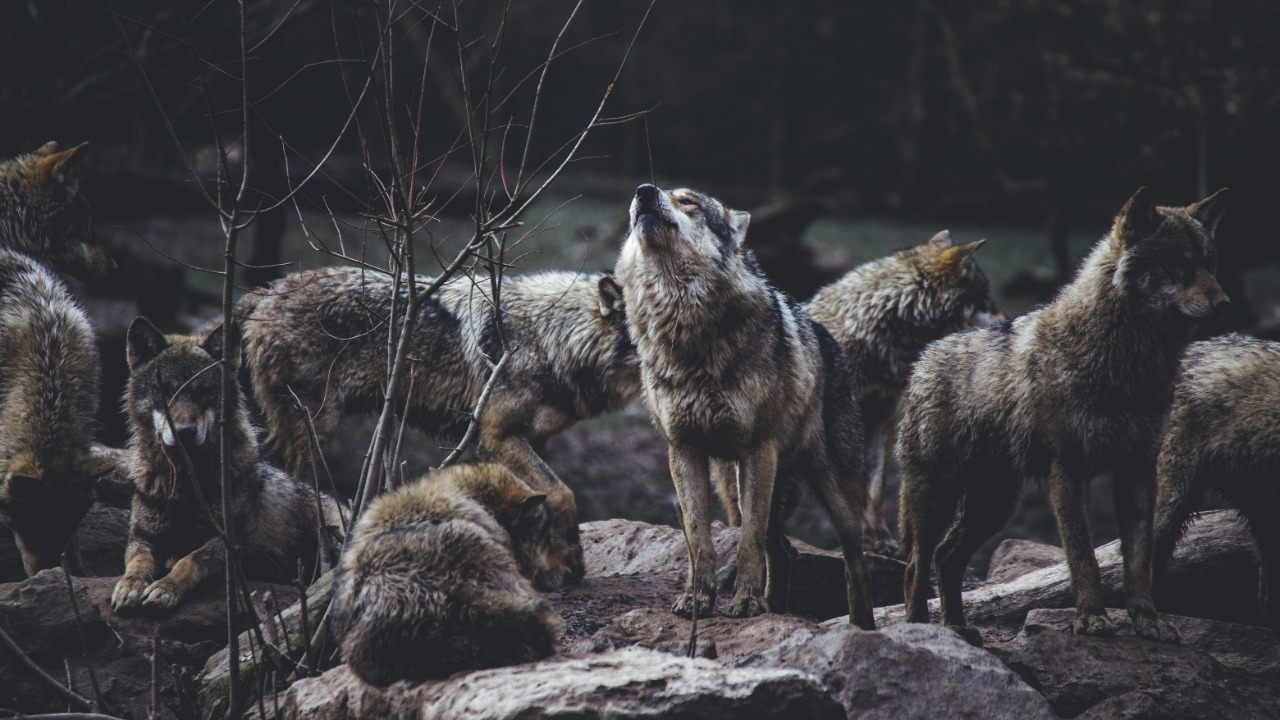
Looking forward, non-lethal deterrents such as livestock guardian dogs and electric fencing have been trialed in pilot farms since 2022. These methods aim to protect livestock without harming the wolves. source
Long-term population goals aim for a sustainable 50 wolves by 2030. Achieving this target while balancing human-wildlife conflict will require ongoing management strategies and public engagement. source